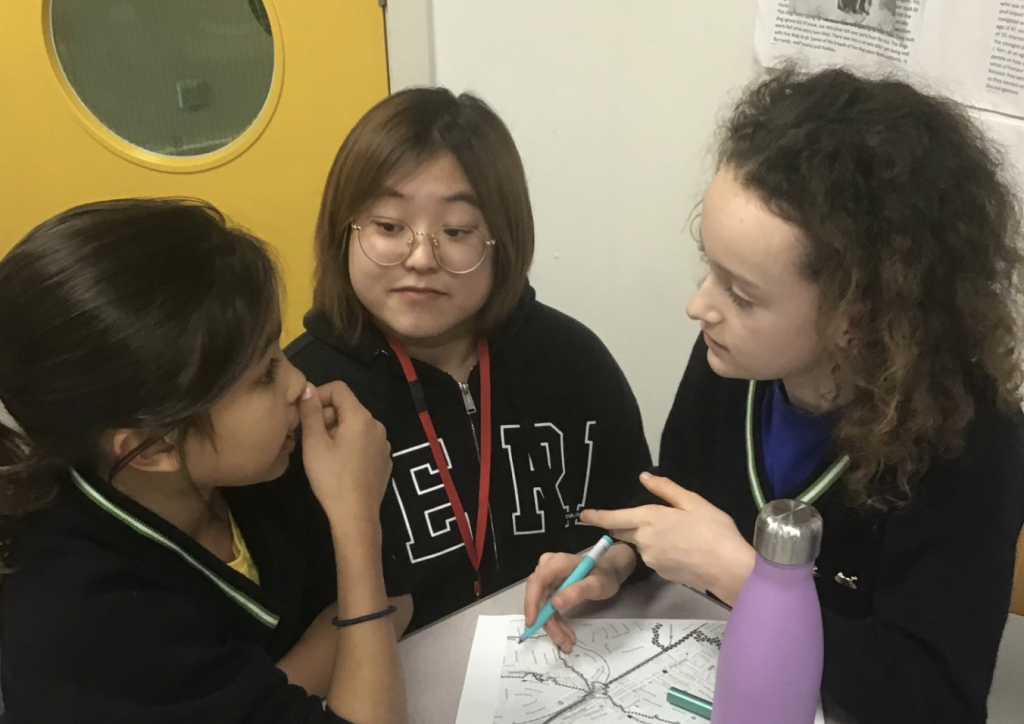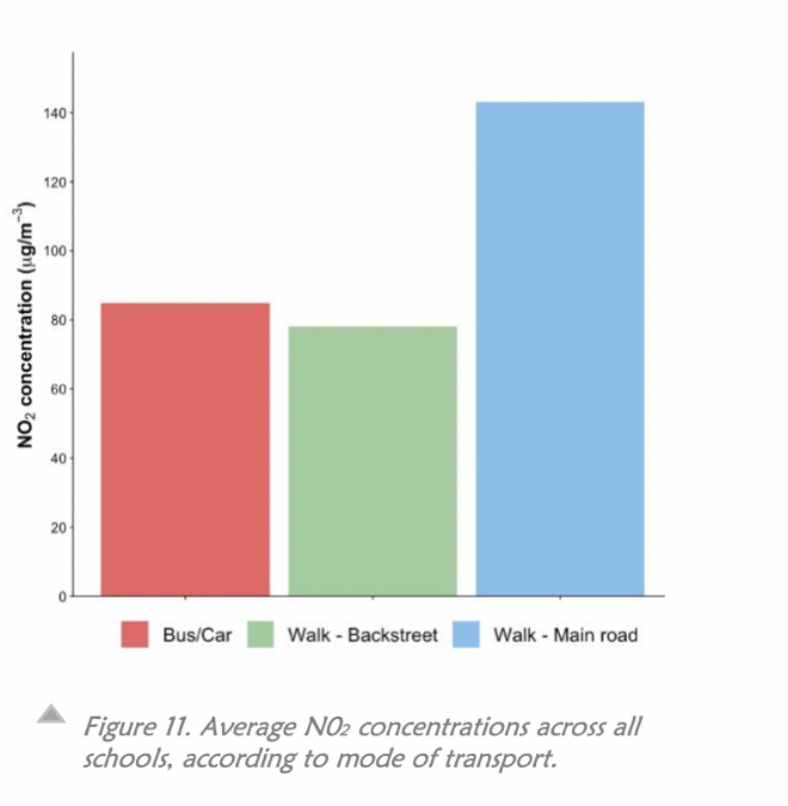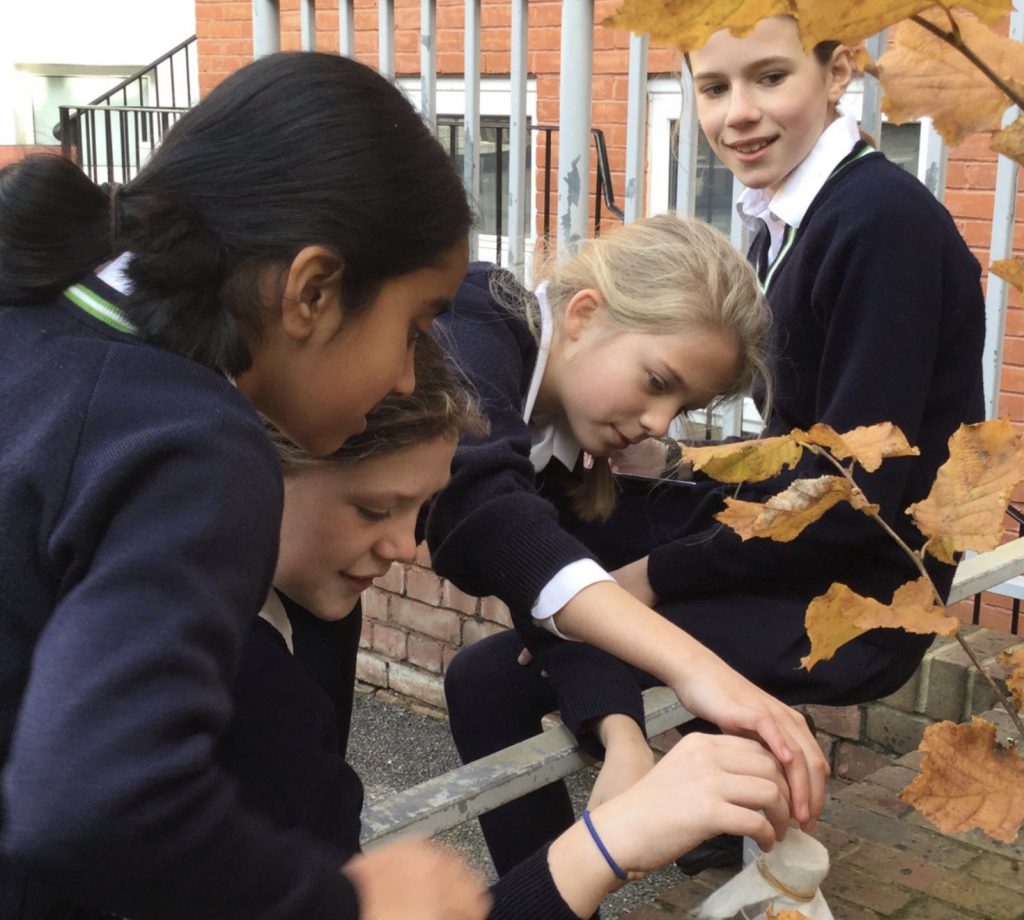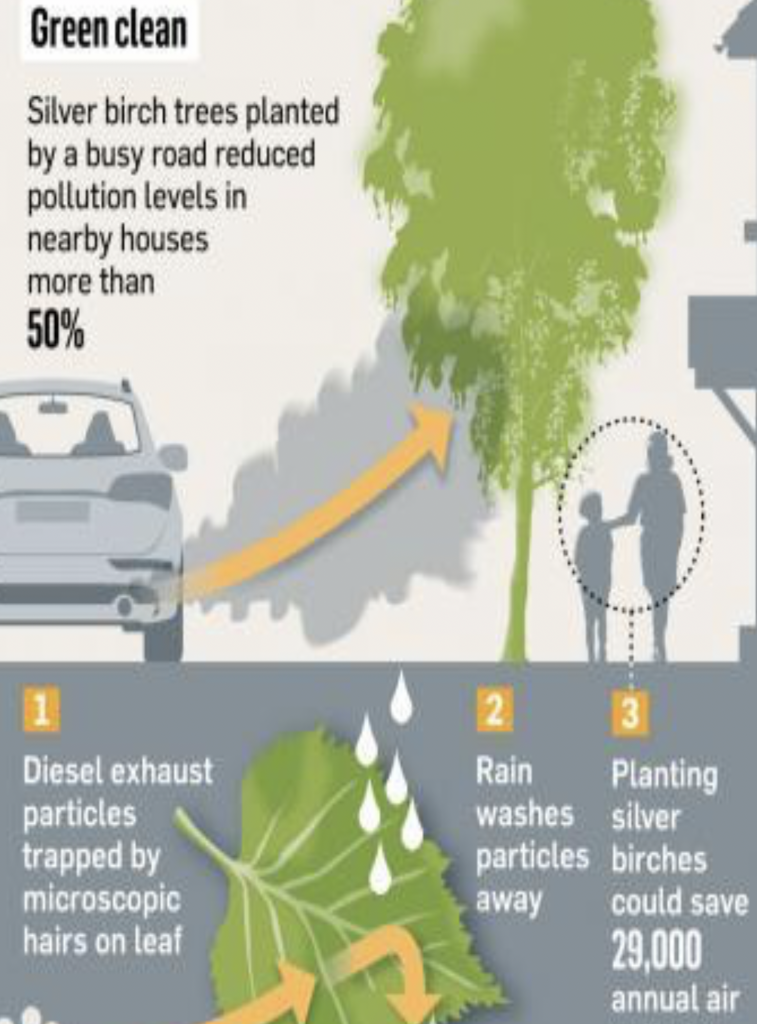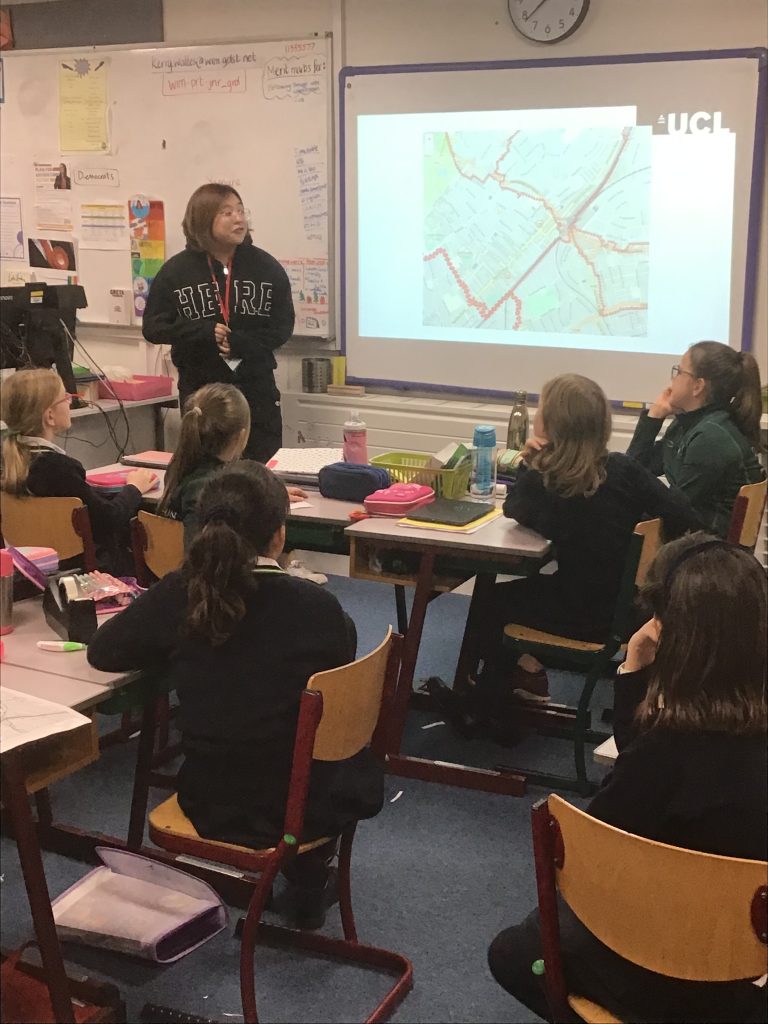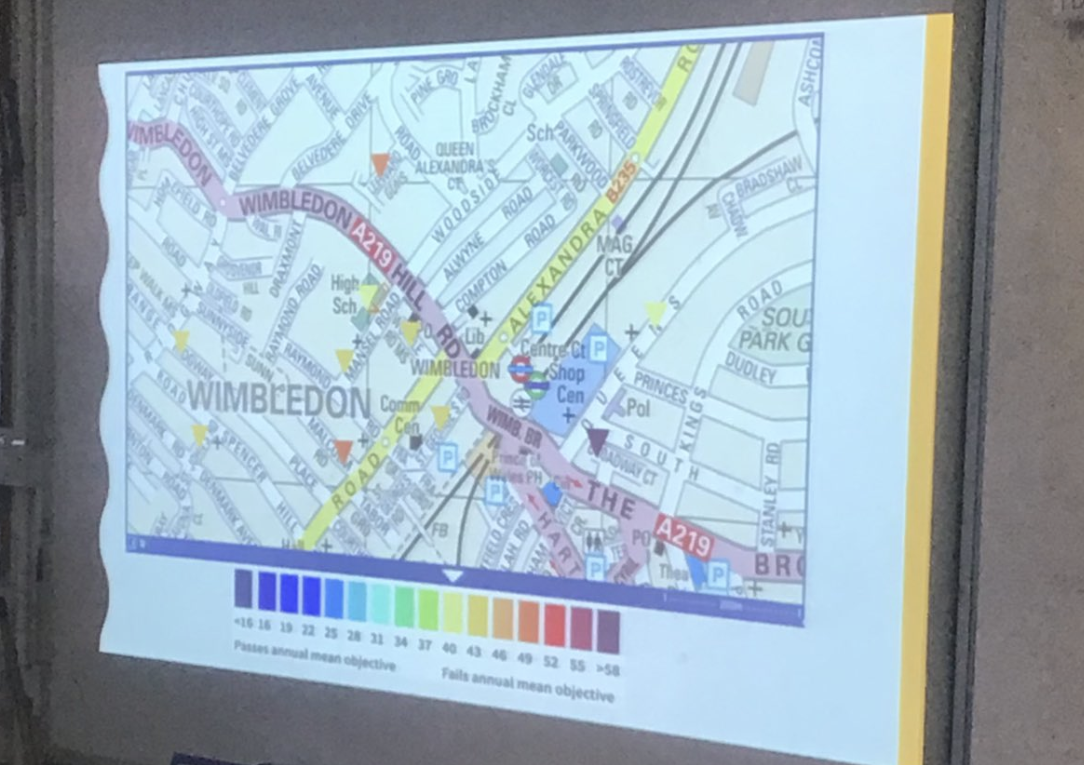#UCLChemAirPoll results are in!
In October both of our year 5 classes were visited by teams of chemistry undergraduates from UCL as part of #UCLChemAirPoll. This amazing opportunity is part of a project involving year 5 and 6 children from across London, giving them an opportunity to work alongside chemistry students to find out more about air pollution local to our schools, and is led by UCL’s Professor Andrea Sella. Levels of the pollutant nitrogen dioxide are determined by the use of diffusion tubes, with the year 5 pupils acting as the local traffic experts deciding where the tubes should be placed, and the undergraduate students analysing the results back in their labs.
The diffusion tubes were in place for a month, and while the year 5 pupils were waiting for the analysis to be completed and the UCL students to return to tell us about the findings, we decided to carry out some additional investigations of our own…
Our year 5 pupils were very excited about being involved in this project and very much enjoyed working with the UCL chemists to find out more about air pollution, making predictions and deciding where the diffusion tubes should be placed. They asked if we could carry out some additional research so that we could share some of our own results with the UCL students on their return visit. We would then have our own results, the #UCLChemAirPoll results and secondary source data to present a detailed picture of the air quality in Wimbledon.
As part of our research we used data from the Breathe London website, information from the London Air website and also findings from the KCL Wearables Air Quality study. We were also lucky enough to hear a presentation from Emily, one of Wimbledon High’s year 13 geography A level students, who had completed her geography coursework project about the air quality in Putney High Street. Over October half term we also asked junior school families to look out for “tar spots” (actually a fungus) on Sycamore leaves and let us know how many they found, and where, so we could analyse the data as “tar spots’ are an indication of air quality.
Year 5, assisted by the year 6 STEAM Ambassadors, also constructed and set up some particulate catchers around the school site to find out if more particulates were detected closer to the roads, in quieter parts of the school, or near the building site.
Taking part in these series of lessons enabled the pupils to
- be involved in a scientific investigation where the answer wasn’t already known
- look at the difference between primary and secondary sources
- make decisions about how to collect and record evidence
- look for patterns and relationships in primary and secondary data
- communicate with others using scientific language
We would like to say a huge thank you to Professor Sella and his team, and especially the students that came to visit us at Wimbledon High. They were amazing and our year 5 pupils were very much inspired by working with them.
The results were very fascinating! We were initially very relieved to find out that the diffusion tube set up in the school site recorded the lowest reading. We were not so happy to find out that the actual reading was exactly on the WHO recommended maximum for nitrogen dioxide levels of 40μg/m3! Some of the results analysis from both our primary and secondary data, showed very high levels of both nitrogen dioxide and particulates, especially where the data had been collected closest to the busiest roads. The Sycamore leaf data did show that away from the busy roads the air quality was much better. We did capture some particulates in our particulate catchers, but the findings were inconclusive and we really need to carry out further tests. There was of course some uncertainty about the data from #UCLChemAirPoll, as with all investigations there may well have been some experimental error, and we look forward to finding out how our school’s data compares with that from other schools when it has been analysed. We definitely did discover that the air quality around London is way too high though, and varies greatly during a 24 our period. We also found out that there are many steps that we can take to reduce the risks associated with exposure to poor air quality. Our pupils determined that we are most at risk during our journeys to and from school and advise walking to school along the backstreets. We are also very keen to plant silver birch trees on the school site and will be presenting our findings and recommendations to Mrs Lunnon and Ms Boyd as soon as possible. We hope that some of our recommendations will be taken on board as part of our current building project. We are also very excited that we have been asked to write an article about our findings for the ASE Primary Science magazine. Watch this space!
